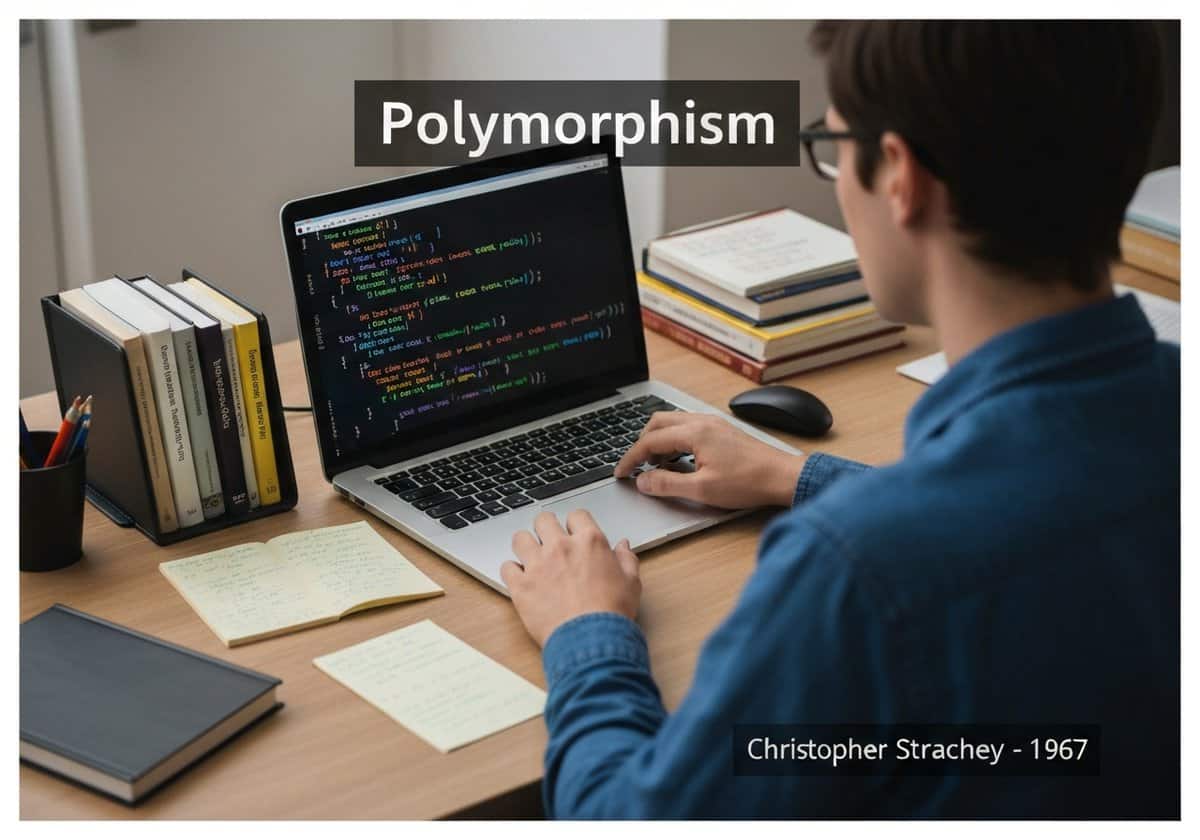Polymorphism, from Greek for “many shapes,” allows objects of different classes to be treated as objects of a common superclass. It enables a single interface, such as a method name, to be used for a general class of actions. The specific action is determined by the exact type of the object at runtime. This is often achieved through method overriding.
Polymorphism is a powerful concept that allows for writing flexible and decoupled code. The most common form in OOP is subtype polymorphism, which is enabled by inheritance and 方法 overriding. When a subclass provides a specific implementation for a method that is already defined in its superclass, it is called overriding. A variable of the superclass type can refer to an object of any of its subclasses. When a method is called on this variable, the version of the method that gets executed is the one belonging to the object’s actual class, not the variable’s type. This decision is made at runtime, a process known as dynamic dispatch or late binding.
For example, consider a superclass ‘Shape’ with a method ‘calculateArea()’. Subclasses like ‘Circle’ and ‘Rectangle’ can inherit from ‘Shape’ and provide their own specific implementations of ‘calculateArea()’. A program can then have a list of ‘Shape’ objects, containing both ‘Circle’ and ‘Rectangle’ instances. When iterating through the list and calling ‘calculateArea()’ on each element, the correct formula will be used for each shape automatically. This eliminates the need for long ‘if-else’ or ‘switch’ statements to check the type of each object, leading to cleaner, more extensible code. New shapes can be added to the system without modifying the code that processes them.
















